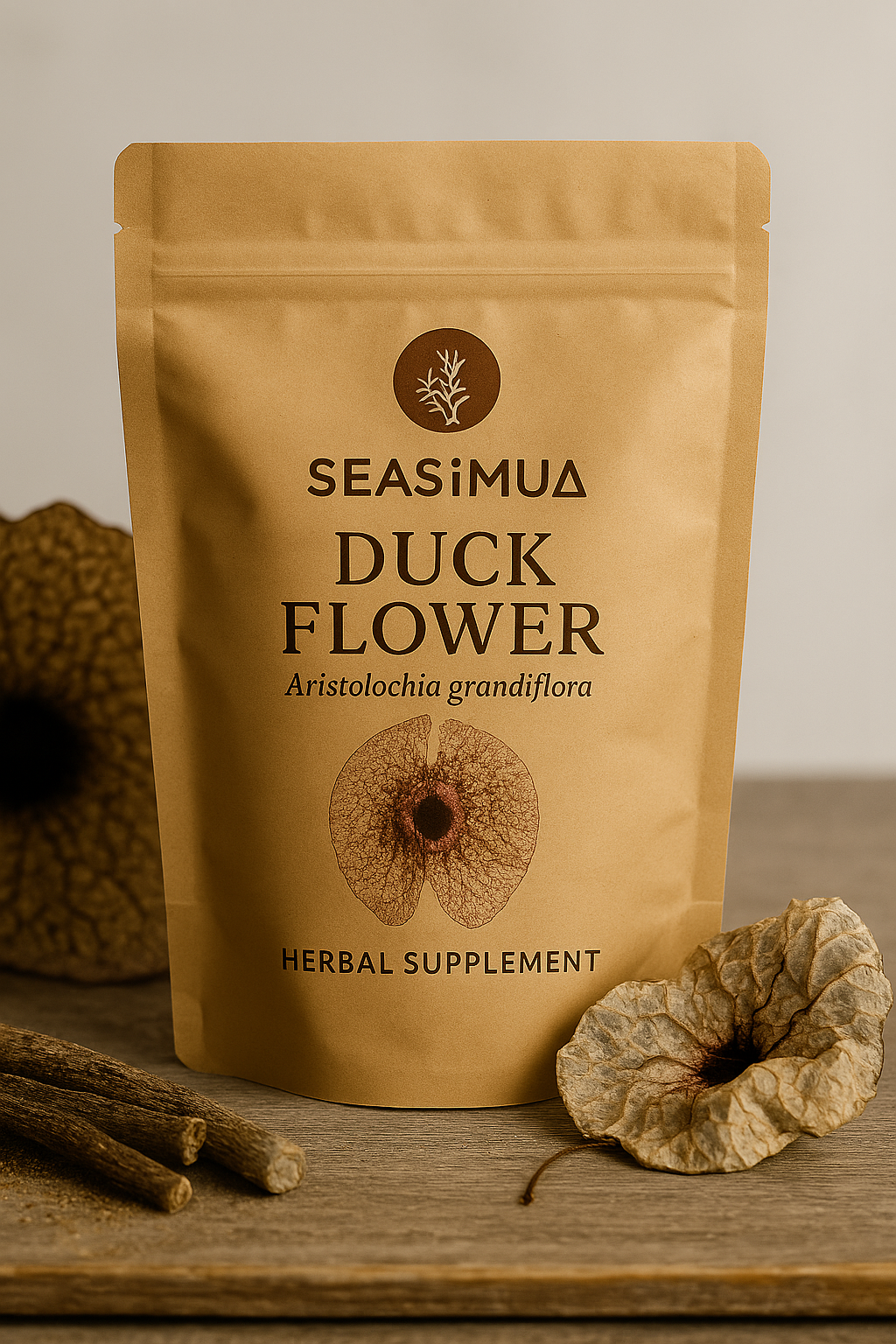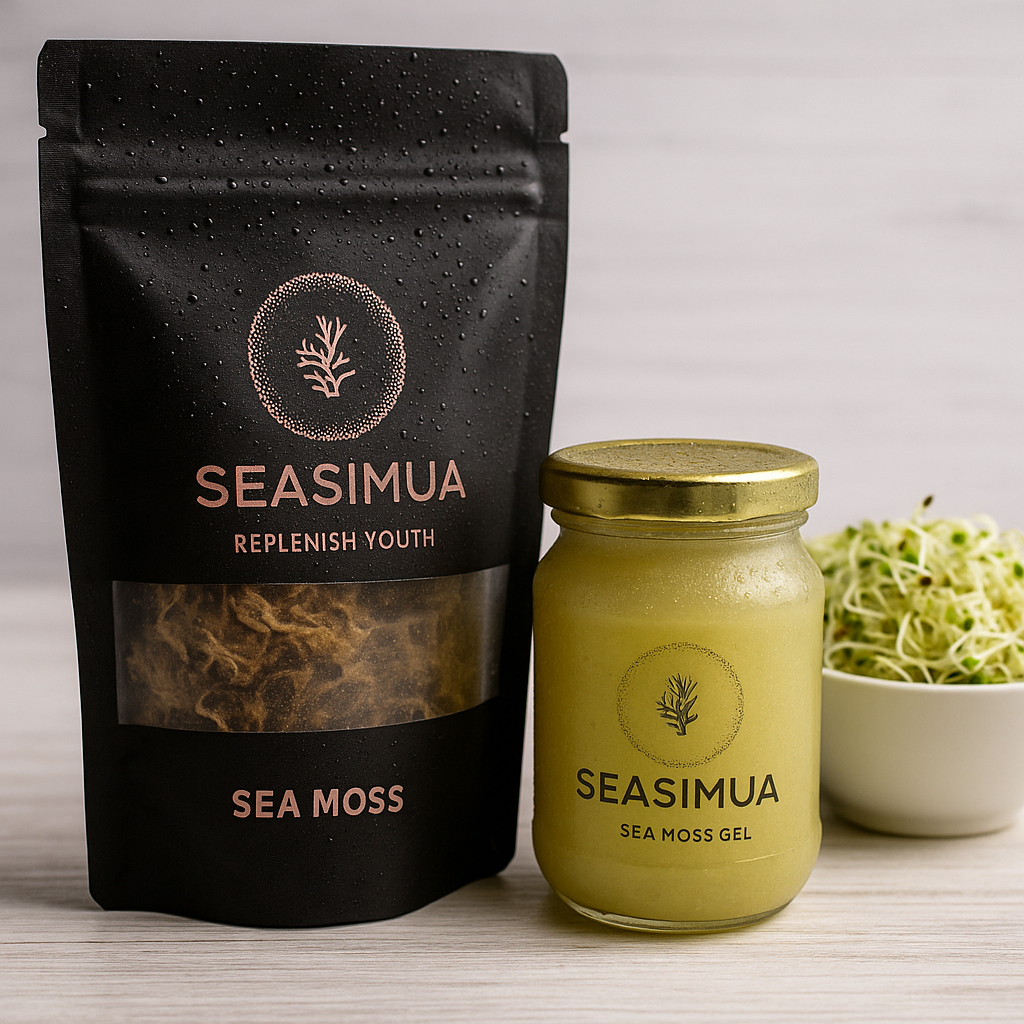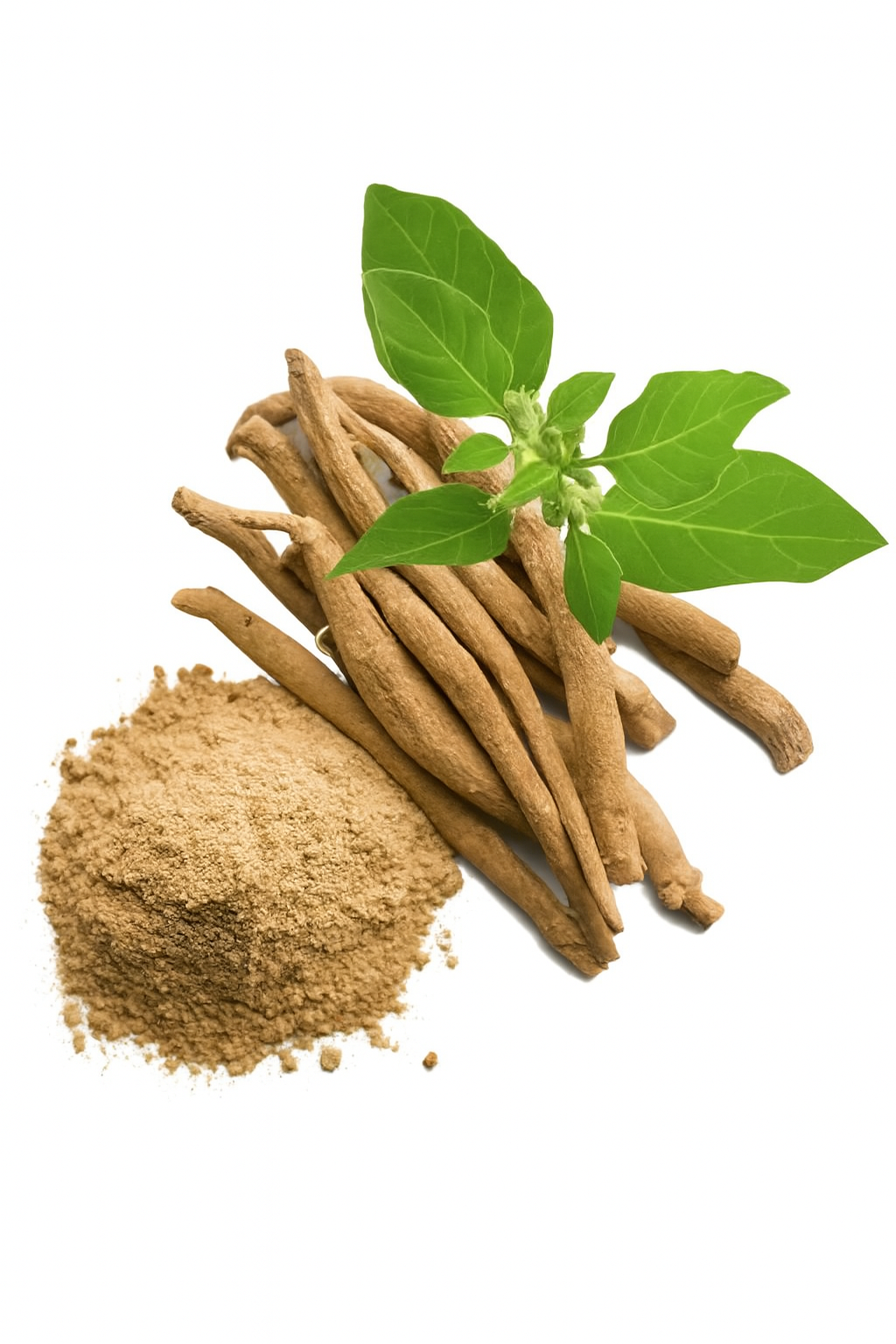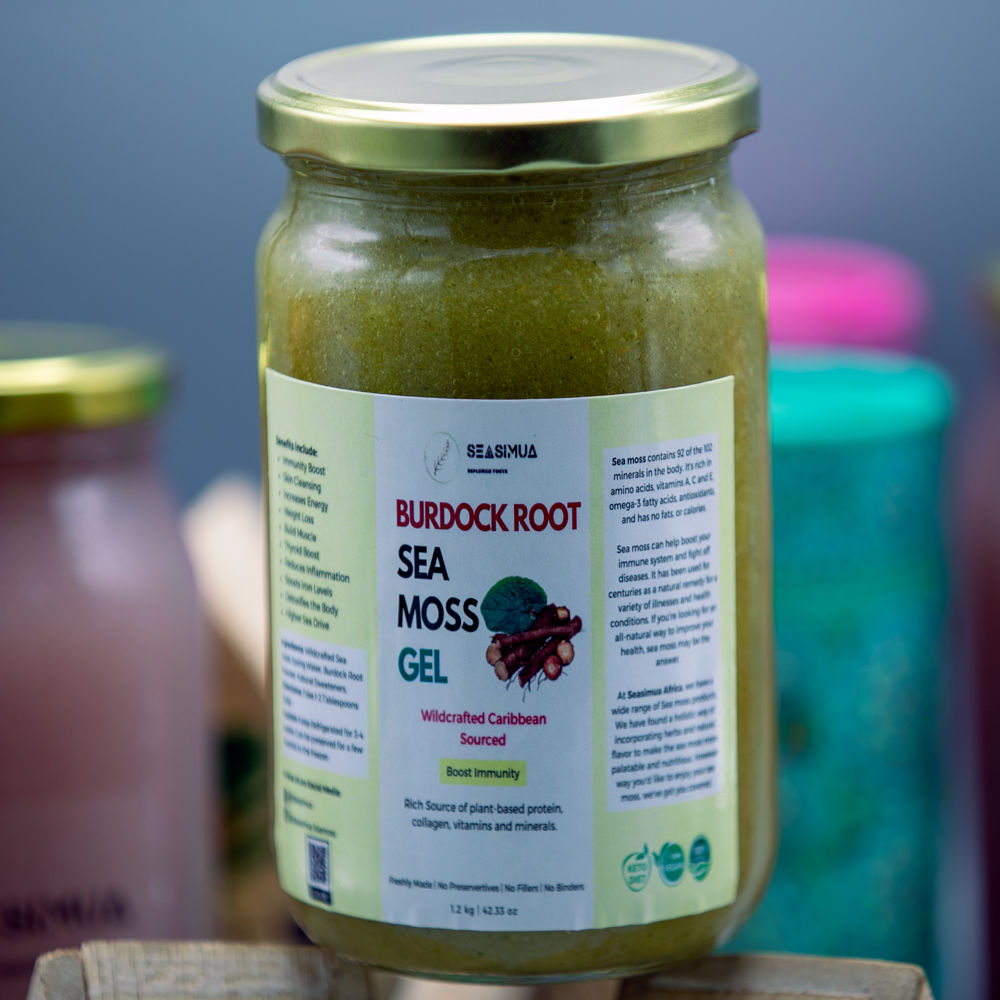Description
Premium Organic Sea Moss in Kenya
Duck flower, also known as Houttuynia cordata, is a perennial plant that belongs to the Saururaceae family. It is commonly found in East Asia, including China, Japan, and Korea, but can also be grown in other parts of the world with a similar climate.
The plant is known for its distinctive appearance and medicinal properties. It has heart-shaped leaves that are green on top and red on the bottom, and it produces small, white or yellow flowers that resemble a duck’s head. It can grow up to 1 meter in height and prefers moist soil.
One of the main traditional uses of Duck flower is for respiratory ailments, including coughs, asthma, and bronchitis. It is believed to have anti-inflammatory and antibacterial properties that can help to alleviate symptoms and reduce the duration of these conditions. Additionally, it is also used to treat infections, skin disorders, and digestive issues.
Recent studies have supported the use of Duck flower for its medicinal properties. A study published in the Journal of Ethnopharmacology found that Houttuynia cordata has potent antibacterial activity against several common pathogens, including Staphylococcus aureus and Escherichia coli (Lee et al., 2017). Another study published in the International Journal of Molecular Medicine found that the plant has anti-inflammatory effects that may be useful in the treatment of asthma (Huang et al., 2018).
One way to use Duck flower is to make a tea from the leaves and stems of the plant. To do so, simply steep a handful of fresh or dried leaves and stems in hot water for 10-15 minutes, strain, and drink. This can be consumed 2-3 times per day to help alleviate respiratory symptoms or other health issues.
In addition to its medicinal uses, Duck flower is also used in cooking in some parts of the world. Its leaves and stems can be added to soups, stews, and salads for a fresh, slightly spicy flavor.
In conclusion, Duck flower (Houttuynia cordata) is a versatile and useful plant with a long history of traditional use for respiratory ailments, infections, and digestive issues. Recent studies have confirmed its antibacterial and anti-inflammatory properties, making it a promising natural remedy for a variety of health conditions. By making a tea from the leaves and stems or incorporating the plant into your cooking, you can enjoy the many benefits of this unique and valuable herb.







Reviews
There are no reviews yet.